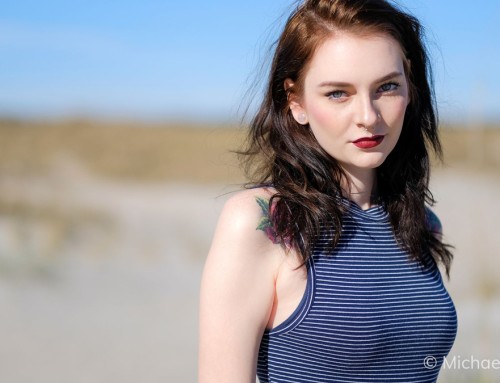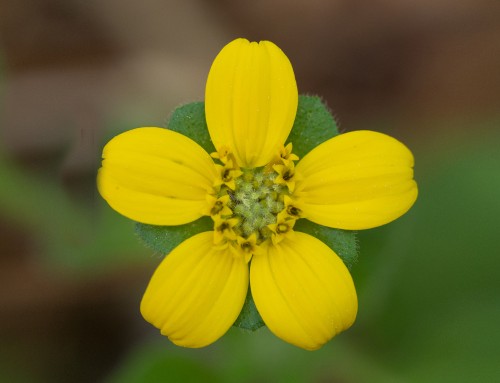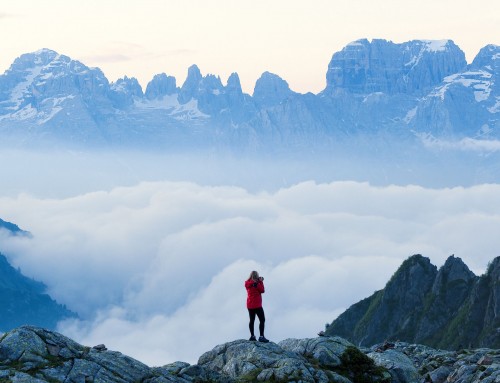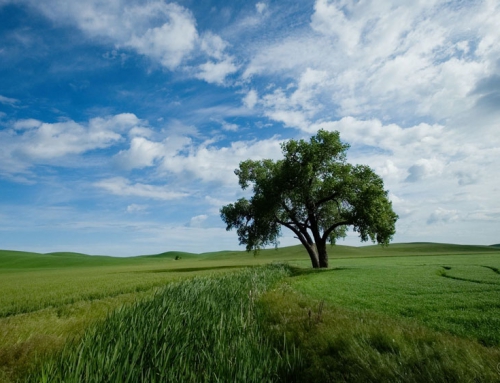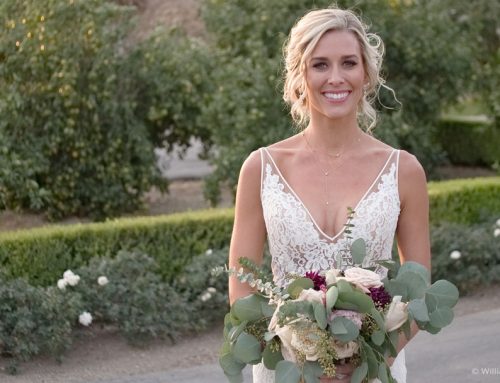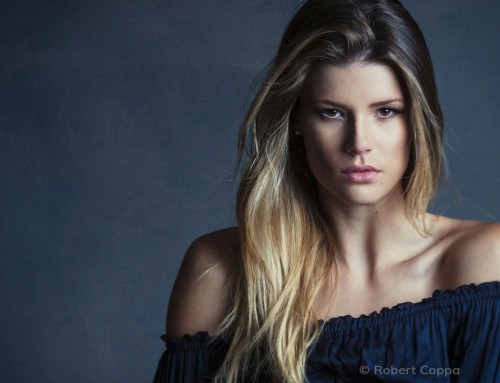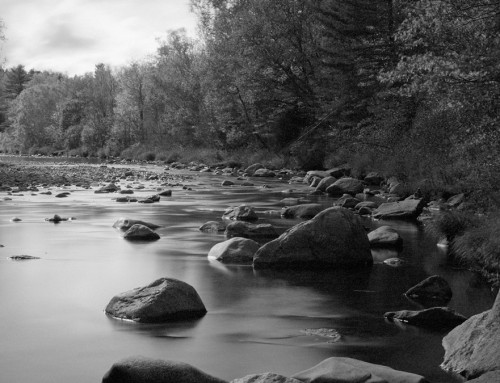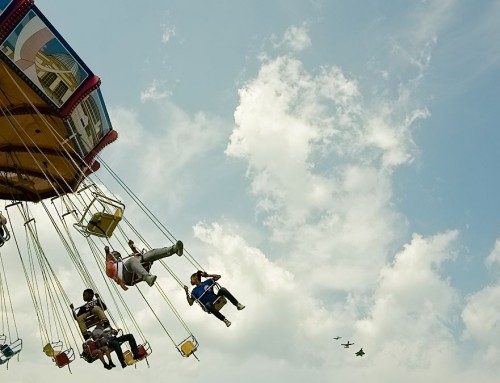Exposure uses a unified crop and transform panel to provide a straightforward way to compose photos. It provides simple controls for changing crop ratios, correcting perspectives, or adding film borders without covering too much of the image. Additionally, the visual overlay guides like the golden triangle or golden section give you helpful composition options. Learn how to use them in your workflow, in this video.
Photo: Patrick Shipstad
Transcript
Crop and Transform Edits
All of the controls for cropping, leveling, rotating, and making perspective corrections to images in Exposure are found within the crop panel. When the crop tool is selected, the panel with crop controls is shown, a creative guide is placed over the image and a Crop and Transform layer appears in the layers panel. You can made crop adjustments directly on the large image in the preview, or you can use the controls in the panel to make adjustments
Cropping Images
Cropping an image is a great way to direct the viewer’s eye to what’s most important. Apply a crop directly in the preview panel by dragging on the corners or sides of the photo.
There are several preset aspect ratios in Exposure, which make it simple to crop to specific proportions. Select from the list of Aspect Ratios, and then scale, rotate, or move the crop box.
You can create your own crop ratio presets, too. Either use the crop tool to draw a custom crop ratio, or select the Create Custom Aspect Ratio option in the menu. Custom presets are recorded so you can use the same ratio again in the future.
Rotating
Leveling unnaturally tilted horizons is an important step in making photos feel polished. Rotate your image directly in the preview panel by clicking and dragging outside the crop area. Use the level tool to indicate a line in the image that should be horizontal or vertical. Exposure will apply the rotation adjustments automatically.
You can also rotate the image with the slider. Move it to the right for clockwise rotation, and move it left to rotate counter-clockwise.
Perspective Correction
Photos where buildings appear to lean away from the camera exhibit optical distortion called keystoning. Adjust the Vertical slider to correct for the building leaning away from the camera. Use the Horizontal slider if the building leans to one side or the other.
Reposition the image within the current aspect ratio with the move and stretch sliders. You can drag to reposition the crop window with the mouse. The move sliders update as you make adjustments. You can edit them directly depending on image content. The stretch sliders elongate the image when the keystoning adjustments remove too much of the content.
Enable Constrain Crop to ensure that the entire cropped area contains pixels from the transformed image. When this is off, it’s possible to see the background color in parts of your image. Note that you can control the background fill color. This is useful when the updated image canvas is missing image data after the transform and cropping adjustments are applied.
Creative Guides
The Display options customize the guides that appear when you use the aspect ratio tools. Select from composition guides such as the Rule of Thirds, the Golden Ratio, the Golden Spiral, or more. For guides that aren’t horizontally and vertically symmetrical, additional controls appear such as flip, mirror, and stretch.
You can also set the Alignment guide to a grid, whose size you can control with the slider below. Selecting the Composition guide for the Alignment guide will display the composition guide you have selected for all of your crop, rotation, and transform edits.
Crop and Transform Layer
Transform adjustments are all applied in a separate layer, which gives you control over when it is applied. Exposure processes layers in order from bottom to top. Changing the placement of the crop step can be beneficial when using Exposure’s overlays. For example you can prevent image data from being covered up by a creative border. On the crop layer extend the edges of the image with the Stretch sliders.


